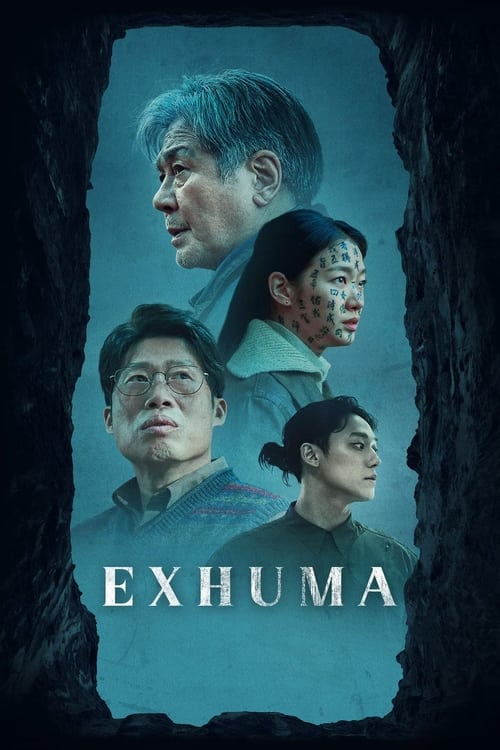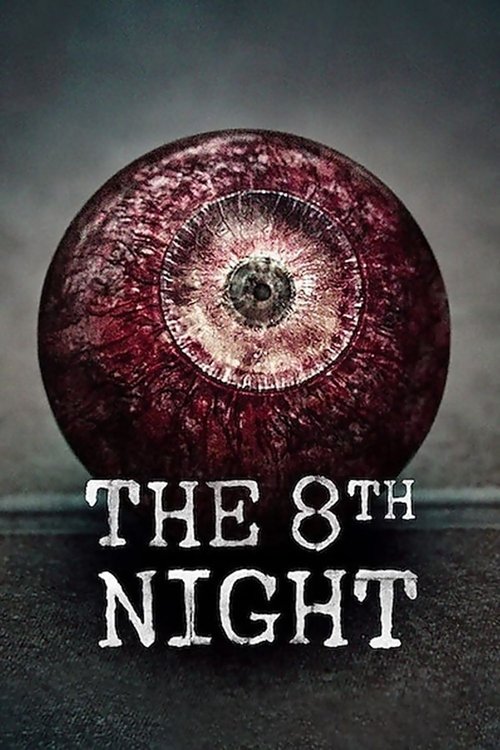
Ask Your Own Question
What is the plot?
What is the ending?
In the ending of #Alive, the protagonist, Oh Joon-woo, manages to escape his apartment after a harrowing experience of isolation and survival during a zombie apocalypse. He teams up with a fellow survivor, Kim Yoo-bin, and together they devise a plan to signal for help. They successfully attract the attention of a rescue team, leading to their eventual rescue.
As the film concludes, Joon-woo and Yoo-bin are seen being airlifted to safety, symbolizing hope and the possibility of rebuilding their lives after the traumatic events they endured.
As the film approaches its climax, the tension in Oh Joon-woo's apartment is palpable. He has been isolated for days, surrounded by the chaos of a world overrun by zombies. The once-familiar sounds of the city have been replaced by eerie silence, punctuated only by the distant groans of the undead. Joon-woo, played by Yoo Ah-in, is on the brink of despair, grappling with loneliness and fear. His emotional state is fragile; he oscillates between moments of determination to survive and deep-seated hopelessness.
In a pivotal scene, Joon-woo receives a glimmer of hope when he spots a signal from a neighboring apartment. It is Kim Yoo-bin, portrayed by Park Shin-hye, another survivor who has managed to hold out against the onslaught. Their initial communication is fraught with tension, as both are wary of the dangers outside and the uncertainty of their situation. However, they quickly realize that they must work together to increase their chances of survival.
As they collaborate, Joon-woo and Yoo-bin share their fears and experiences, creating a bond that transcends their dire circumstances. They devise a plan to signal for help, using a makeshift flare crafted from materials they scavenge. The scene is charged with emotion as they prepare for this risky endeavor, knowing that failure could mean death.
The moment arrives when they ignite the flare, sending a bright signal into the darkened sky. The camera captures their anxious expressions, a mix of hope and dread as they wait for a response. The tension builds as they hear the distant sounds of helicopters, a sign that their signal has been seen. The atmosphere is electric with anticipation, and the viewer can feel the weight of their desperation.
In the final act, the rescue team arrives, and the scene shifts to a rooftop where Joon-woo and Yoo-bin are airlifted to safety. The camera pans out, revealing the devastation of the city below, a stark contrast to the hope represented by their rescue. As they are lifted into the helicopter, Joon-woo and Yoo-bin exchange a look of relief and gratitude, their bond solidified by the shared trauma they have endured.
The film concludes with a sense of renewal. Joon-woo and Yoo-bin, once isolated and fearful, have found strength in each other. Their survival is not just a testament to their resilience but also a reminder of the importance of human connection in the face of overwhelming adversity. The final shot lingers on their faces, reflecting a mix of relief and the lingering scars of their experience, leaving the audience with a sense of hope for the future.
Is there a post-credit scene?
In the movie #Alive, produced in 2020, there is no post-credit scene. The film concludes with the main storyline wrapping up, focusing on the survival of the protagonist, Oh Joon-woo, and his emotional journey throughout the zombie apocalypse. The ending emphasizes themes of hope and resilience, leaving the audience with a sense of closure without any additional scenes after the credits.
What triggers the outbreak in #Alive?
The outbreak in #Alive is triggered by a mysterious virus that spreads rapidly, turning people into aggressive, zombie-like creatures. The protagonist, Oh Joon-woo, first learns about the outbreak through news reports and social media, which depict chaos and violence as the infection spreads throughout the city.
How does Oh Joon-woo survive in his apartment?
Oh Joon-woo survives in his apartment by rationing food and water, using his resourcefulness to stay alive. He barricades his door and uses his phone to stay informed about the situation outside. His emotional state fluctuates between fear, loneliness, and determination as he navigates the challenges of isolation.
What is the significance of the relationship between Oh Joon-woo and Kim Yoo-bin?
The relationship between Oh Joon-woo and Kim Yoo-bin is significant as it represents hope and connection amidst the chaos. After discovering each other through their respective apartments, they communicate via notes and signals, which helps them maintain their sanity and gives them a reason to fight for survival.
How does Oh Joon-woo's character evolve throughout the film?
Oh Joon-woo's character evolves from a self-centered gamer to a more resilient and resourceful individual. Initially overwhelmed by fear and despair, he gradually learns to confront his situation, taking proactive steps to survive and ultimately risking his life to help Kim Yoo-bin.
What challenges does Oh Joon-woo face while trying to escape his apartment?
Oh Joon-woo faces numerous challenges while trying to escape his apartment, including navigating through hordes of infected individuals, dealing with limited supplies, and overcoming his own fears. Each attempt to leave his safe space tests his courage and ingenuity, highlighting his growth as he learns to adapt to the dire circumstances.
Is this family friendly?
Alive, produced in 2020, is a South Korean zombie thriller that contains several elements that may not be suitable for children or sensitive viewers. Here are some potentially objectionable or upsetting aspects:
-
Graphic Violence: The film features scenes of zombie attacks that include blood and gore, which may be disturbing for younger audiences.
-
Intense Suspense: The atmosphere is filled with tension and fear, as the protagonist faces life-threatening situations, which could be anxiety-inducing.
-
Isolation and Despair: The emotional weight of isolation during a zombie apocalypse is a central theme, showcasing feelings of hopelessness and fear of death.
-
Death and Loss: Characters experience loss and the threat of death, which may be upsetting for sensitive viewers.
-
Mature Themes: The film explores themes of survival, desperation, and the human condition in extreme circumstances, which may be too intense for younger viewers.
Overall, while the film is engaging and well-crafted, its content may not be appropriate for all audiences, particularly children.









































